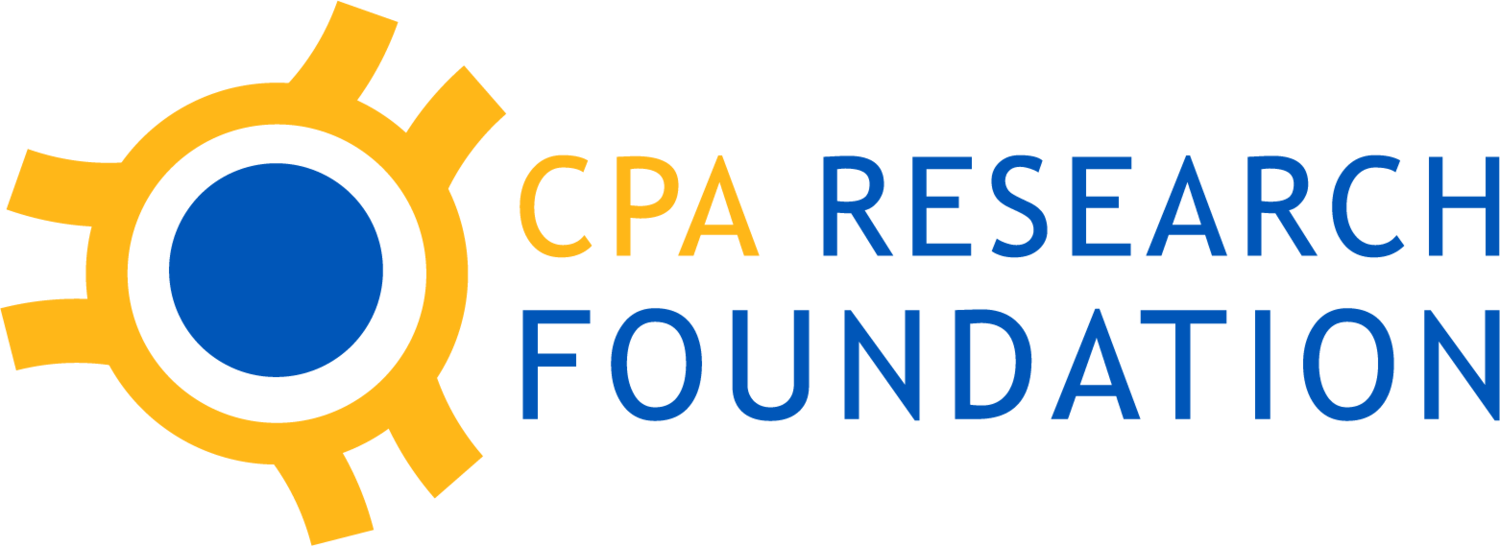A clinician’s view
August 2021
Cerebral proliferative angiopathy (CPA) was first described in 2008 as a distinct condition – before then, patients were told that they had large, untreatable arterio-venous malformations (AVMs). Even now, many patients and families are told that they have a big AVM rather than a CPA.
We are beginning to understand that CPA is quite different in its presentation, clinical symptoms, radiographic appearance and behaviour to AVMs. One of the problems is the definition remains difficult – where do ‘big AVMs’ finish and ‘CPAs’ begin?
Our Neurovascular Team at Great Ormond Street Hospital is working with colleagues in the USA (Boston Children’s) and Canada (Sick Kids Toronto) to build a database of CPA cases (which are rare). Our first aim is to develop clear guidelines for diagnosis, to help doctors correctly identify CPA. We are also interested in developing treatments for this condition. It is clear that the traditional neurosurgical strategies for treating AVMs, such as surgical excision or embolization, are not suitable for the majority of CPA patients. We need to understand the role of medical treatment, Gamma Knife, and bypass surgery – are these helpful or not for people with CPA? Research is the only way to answer these important questions.
I am very pleased that people and families affected by CPA now have access to their own, excellent charity in the form of the CPA Research Foundation, and I am looking forward to a future where patients, families, doctors and scientists can work together to answer the important questions about this condition.
Greg James, Paediatric Neurosurgeon, Great Ormond Street Hospital, London, UK
Click here for Greg’s GOSH Bio.

